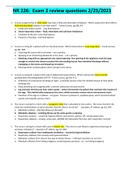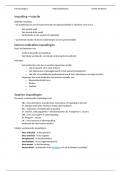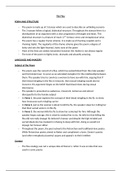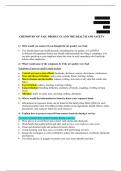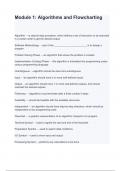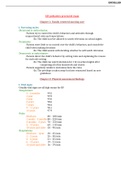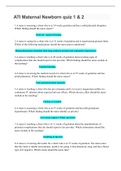Lecture notes
Lecture notes Mathematics (MA1203)
- Module
- Mathematics (MA1203)
- Institution
- City University (City)
Lecture notes an sample exams with solutions for a 1st year maths course. Complete notes for all lecture merged into a single PDF. Everything included to get you your first class
[Show more]





